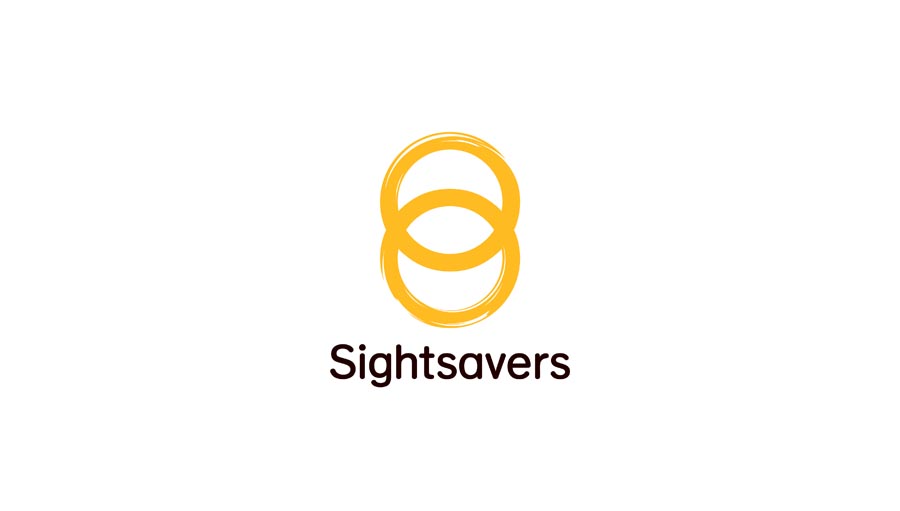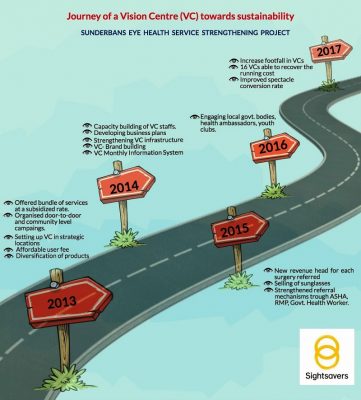Join a powerful, unprecedented alliance for better eye health for all.
Join IAPB-
Choose an alternate language here

One aspect of the SiB project is to increase the availability of primary eye care to the communities within the Sunderbans. To this end, 17 additional vision centres have been established. Each is staffed by a Vision Technician who manages the centre, a Community Health Worker staffed at the centre and a second Community Health Worker who works exclusively on mobilising the community. As well as providing primary eye care services, the staff from the vision centres conduct community-based adult screening camps, school screening camps, build awareness about eye health and eye care services through door to door campaigns and organizing awareness events and act as a referral unit , whereby patients requiring surgeries are referred to the base hospital and other tertiary centres.
So as to ensure service provision at the vision centres could continue beyond the life of the project, sustainability was a key concern at the outset. A roadmap was developed, indicating the journey of a vision centre towards sustainability. An important element of which was a detailed analysis of costs and revenue streams to achieve financial viability in the long term through affordable user fees, good spectacle conversion rates and the diversification of products and services offered. Each centre is operating on a business plan outlining the minimum number of screenings and spectacles the centres need to conduct and sell per day to be able to bear the monthly expenses. More recently, additional income sources for the vision centres have been identified through agreements with the local hospitals to pay 10% of the profit on any paid cataract surgery to the vision centre that refers the patient for the surgery. This is a mutually beneficial agreement for the vision centre and the hospital, as well as the patients that are having their eye care needs met at both primary and secondary level.

(Geographical Information System) data, providing staff at the centres with data on the demography of the patients they are serving, in particular where they reside. This data will be key in allowing the vision centres to better target awareness raising and services to underserved populations. At this stage in the project, 10 of the 17 vision centres have achieved full cost recovery, with another four performing above 85% cost recovery and full efforts continue to ensure that all vision centres achieve full cost recovery before the end of the project period.

[email protected]
Programme Officer,
Sightsavers India